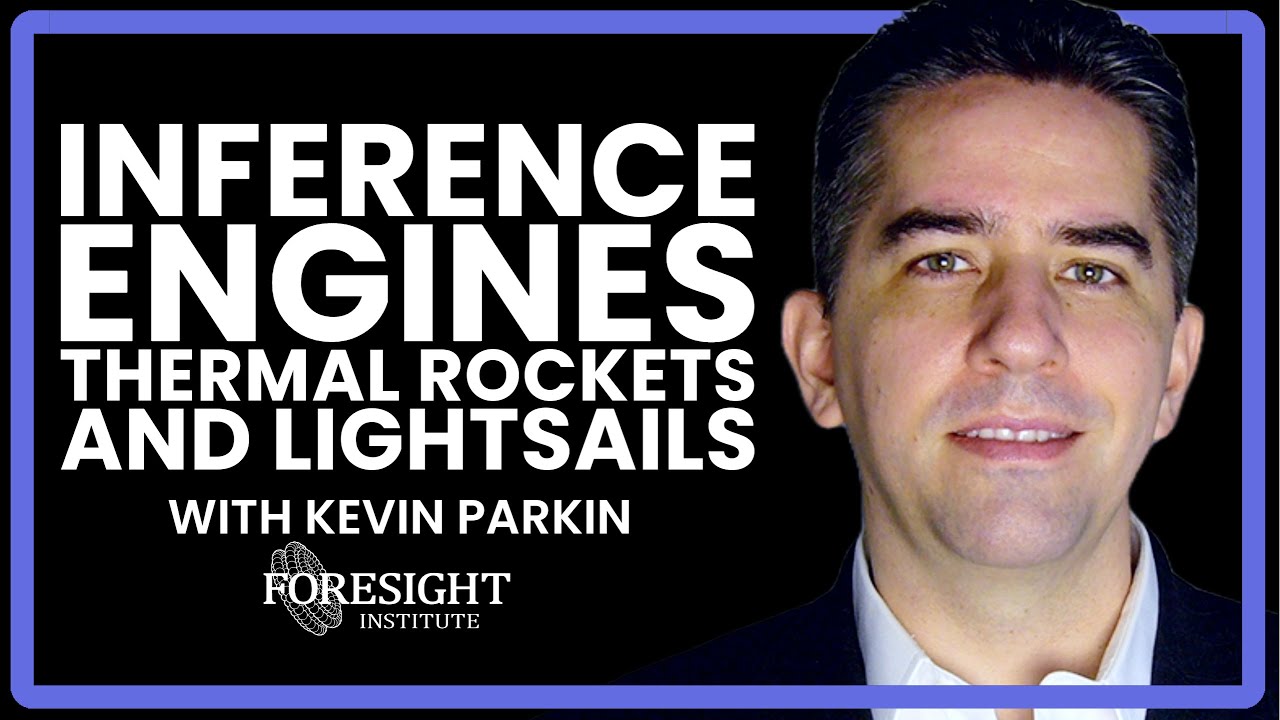For more than twenty years, Kevin Parkin has explored space propulsion concepts in which microwave beams, directed from the Earth, are used to propel vehicles in space with an efficiency far beyond that achievable by any chemical or even nuclear thermal rocket. This is easy to understand: unlike a rocket, which has to generate the energy that accelerates the propellant on-board, the beam craft leaves the large, heavy, and expensive power source on the ground, where it can be reused for as many launches as you wish without any of the complexities or inefficiencies of returning boosters to Earth.
Designing such craft is a formidably complicated optimisation problem, and computer inference engine techniques (not to be confused with the kind of inference done by large language models) helps in seeking the “sweet spot” among many alternatives. Parkin calculates that a ground-based microwave beamed power facility able to launch hundreds or thousands of probes per year anywhere in the solar system would cost around US$ 600 million, which is somewhat less than the US$ 100 billion development cost of NASA’s Space Launch System (SLS) and associated ground systems, and could launch payloads at an energy cost of around US$ 150,000, compared to the NASA Inspector General’s estimate that of US$ 2.2 billion for each launch of the SLS.
In this presentation of the Foresight Institute’s space group on 2023-10-13, Parkin recounts the history of beam propulsion concepts, experimental tests, and missions possible with present-day technology.
4 Likes
I don’t know enough about thermal rockets to be impressed but given how impressed I am with not only that he:
- seems to have done Calchemy’s “solve by dimensional analysis” at least one better* (which I’ve been waiting for someone to do for 25 years), and
- developed that “dog food” which he ate out of necessity in the course of developing his tech,
I’m inclined to take anything he does much more seriously.
How many sigma out there do you have to be (not necessarily even IQ wise) to even get the value of highly flexible engineering calculation with dimensional analysis constraints, let alone produce a great tool for it?
Wow…
* “one better” in the sense that there are physical laws such as E=mc^2 to perform transforms as demanded by the boundary conditions. That’s beyond solving by dimensional analysis. It does, however, seem to lack a couple of very valuable feature present in Calchemy: the ‘;’ operator and the presentation of dimensional under-specification alterantives when, for example, one gives Calchemy an expression like:
1kg;shv_water?J
1 kilo~gramm * shv_water ? joule
Dimensional Mismatch [MASS^-1LENGTH^3TEMP]
1 kilo~gramm / shv_water ? joule
Dimensional Mismatch [MASSLENGTHTIME^-4TEMP^-1]
(1 kilo~gramm)^-1 * shv_water ? joule
Dimensional Mismatch [MASSLENGTH^3TEMP]
((1 kilo~gramm) * shv_water)^-1 ? joule
Dimensional Mismatch [MASS^3LENGTHTIME^-4TEMP^-1]
1 kilo~gramf * shv_water ? joule
Dimensional Mismatch [MASS^-1LENGTH^2TIME^2TEMP]
1 kilo~gramf / shv_water ? joule
Dimensional Mismatch [MASSTIME^-2TEMP^-1]
(1 kilo~gramf)^-1 * shv_water ? joule
Dimensional Mismatch [MASSLENGTH^4TIME^-2TEMP]
((1 kilo~gramf) * shv_water)^-1 ? joule
Dimensional Mismatch [MASS^3LENGTH^2TIME^-6*TEMP^-1]
1 Like
